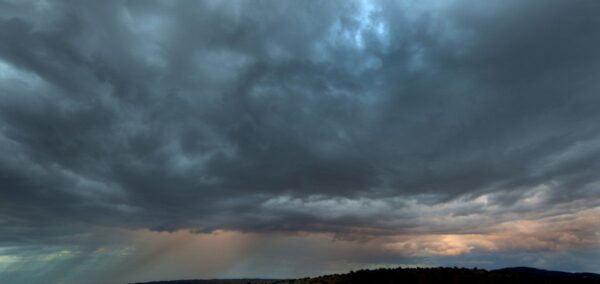The final days of 2023 were expected to bring a series of storm systems through the Los Angeles and Orange Counties and the Inland Empire, according to the National Weather Service via published reports.
A trough from the Gulf of Alaska is anticipated to bring light to moderate rain, starting Friday night and continuing into New Year’s Day.
“Friday night, a vigorous shortwave trough will move inland through Southern California and northern Baja,” according to the NWS.
As the storm approaches the Southland, Los Angeles and Orange counties are predicted to receive about half an inch to a third of an inch of rain respectively. While much of the precipitation is expected to hit Northern California, the tail end will bring cooler temperatures alongside the potential for scattered showers spanning into San Diego County.
Commuters and revelers should note that the initial system will recede Saturday evening, yet a weaker follow-up will likely influence the early hours of 2023, bringing chances of additional showers Sunday night and Monday.
Area residents can expect showers to start in southwestern California and spread across the region beginning Saturday morning, with an 80% chance of rain in western Riverside County.
Casey Oswant, an NWS spokesperson, emphasized the moderate nature of the upcoming weather pattern, as he advised the public of half an inch of expected rainfall in Riverside County and a “dusting of snow at higher elevations,” particularly in the San Bernardino Mountains.
Focusing on preventive measures, Oswant warned, “Dangerous surf, life-threatening rip currents, and coastal flooding are expected at the beaches this week,” urging swimmers and surfers to heed the NWS advisories and remain off jetties.
While isolated showers dot the Northern California landscape today, a brief fair-weather interlude following the weekend is on the horizon.
Nevertheless, NWS meteorologists were eyeing the middle of next week for a rebound in precipitation chances, even as snow accumulations over the Sierras and beyond the 7,000-foot mark pose a mix of travel implications as well as picturesque backdrops for the adventurous.







